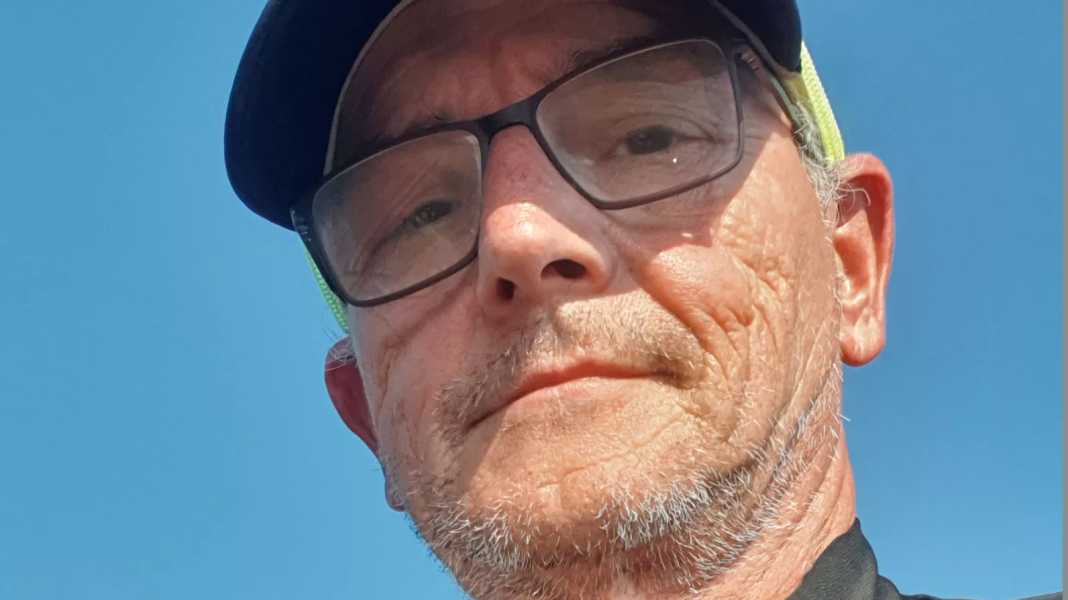
What does the Makaio trading agency do?
We have always traded in innovative sports products and SUP was a good fit for our portfolio. However, this has become so extensive that we are now only focussed on it.
What was in the programme before that?
We had pocket bikes, mini motorbikes and jumping stilts. However, after the terrible accident on 'Wetten Dass', business declined completely. But that was all just retail, where we didn't design our own products.
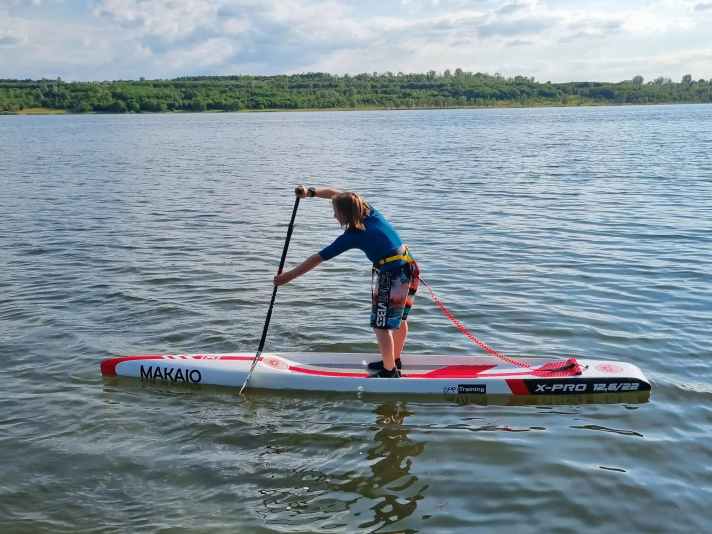
Where did the initial spark for Makaio come from? Are you a stand-up paddler yourself?
In the meantime, yes! (laughs). The whole thing came about by chance 12 years ago. I was at Lake Tegernsee for a short weekend. SUP was introduced at a lakeside festival. I hadn't tried it before and was immediately fascinated. Then we did a market study: SUP had an awareness level of around 30 per cent and was the fastest growing sport in the world. We thought it was worth starting our own brand. We wanted to enter the market with a product of the same quality as the big players, but at more favourable prices.
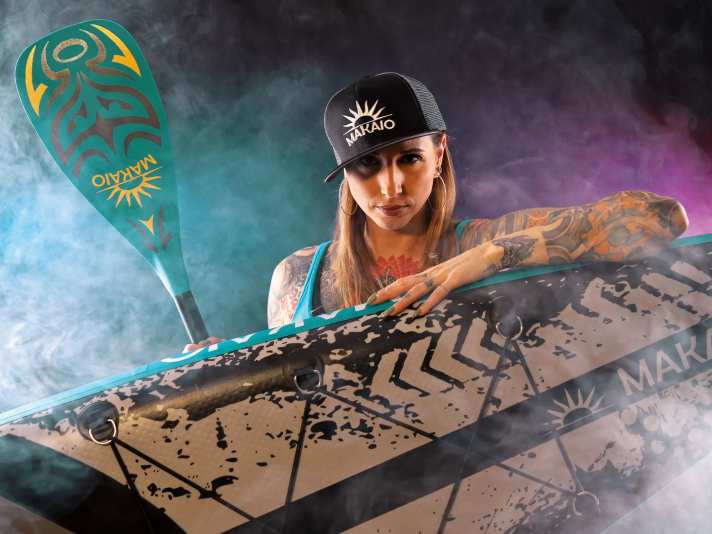
How do you achieve this?
We sell directly via our shop and via SUP and hire stations. This works very well because the customer has the opportunity to test it on site.
How big can you imagine such a company to be?
There are two of us in the office, plus freelancers, two of whom are even former customers. They contribute to the development of the designs, for example.
Who makes the shapes?
These are not off-the-peg shapes. We have the right board for every application. These are not just basic shapes like those from the discounters. We have experienced paddlers in the team who contribute their knowledge. When we develop a race board, we first produce a sample, which is then passed on to the individual riders and modified according to their specifications. This is exactly how we did it with the whitewater board or the classic beginner boards.
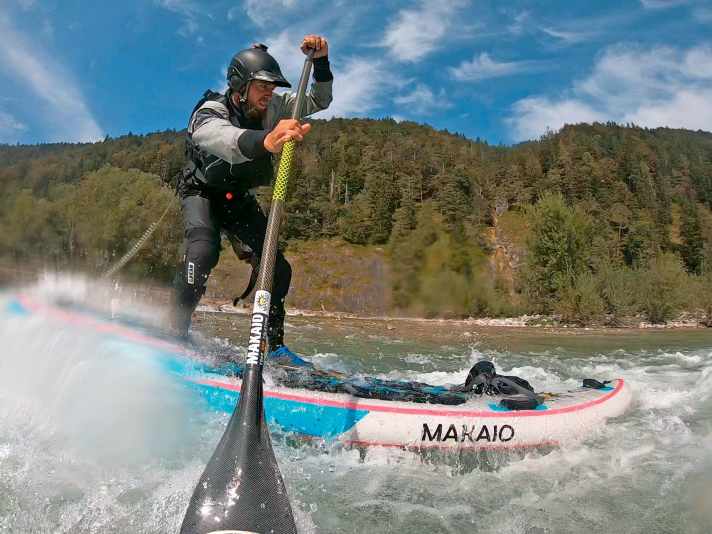
There are also some very special boards. Aren't the quantities too small?
As a small company, we can produce small quantities. The big players wouldn't go for that. It's no problem for us, for example, to produce the super narrow, inflatable raceboard for kids. We have developed this special V-keel for this purpose, which is now also being copied by major brands. This gives talented kids a favourable entry into the racing business - and with a board that makes it easier to switch to hardboards later on - which unfortunately also dominate the kids' scene.
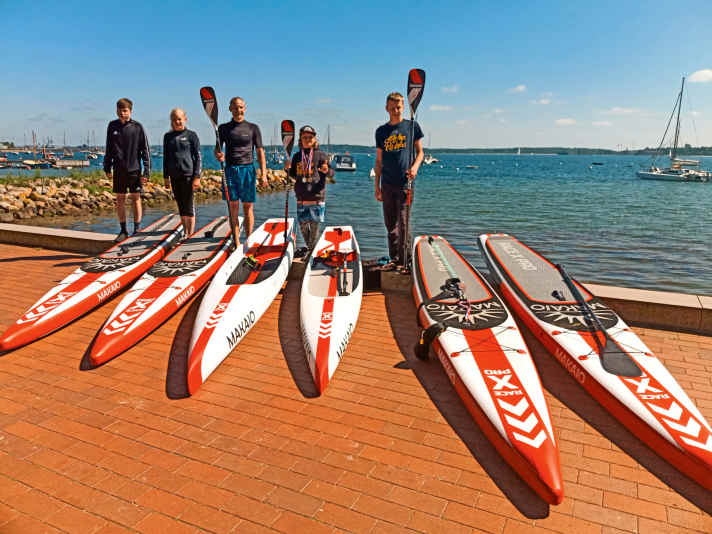
You say unfortunately?
I don't think that's good. At last year's World Championships, the youngsters had to compete on iSUPs. Why don't they do the same in Germany? The cost of a second-hand hardboard is simply too high for the parents of some talented paddlers. One of our title winners, Ben Leon, was the only one in his class to start on an iSUP at the Baden-Württemberg Championships and only came fourth, so of course his nose was hanging low. I have now had a hardboard built for him.
Are the quantities sufficient?
With iSUPs, we need about 100 per model, otherwise the manufacturer is unhappy. We have a lot of models and sell a total of 2,500 to 3,000 inflatable boards a year. We once started with 50 boards. Hardboards are always customised by a canoe manufacturer in Lithuania. The volume and width are adapted to the weight of the paddler.
Your boards have very eye-catching graphics. Is that a strategy?
In the beginning, my idea was that you could create a link to the brand through the colour and design. But you also have to stand out from the others. Customers often say "you are the board brand with the most beautiful designs".

How important is racing to you?
On the one hand, we want to support youth sport and of course draw attention to the brand there too.
Are you worried about the discounters?
Those who are more committed than for one-off holiday paddling soon realise that there is something even better.

